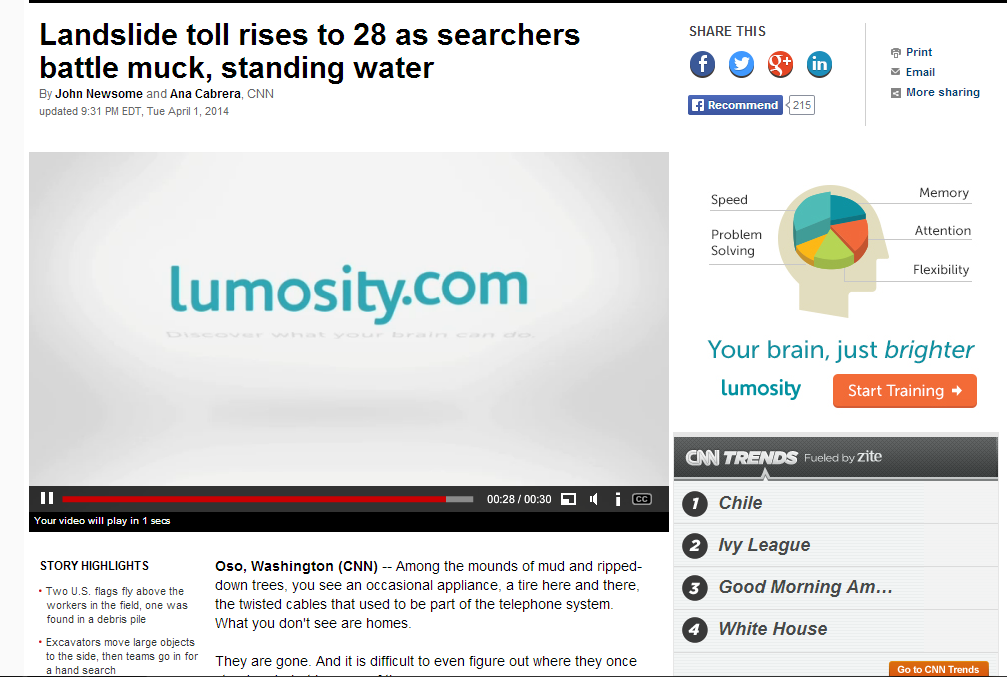Every spring, tens of thousands of dads, friends, uncles and even moms embark on the gratifying, frustrating and always surprising journey of coaching a Little League baseball team.
Other than Crossfit and Fantasy Football, there may not be an activity that is so mind-absorbing to you – and that absolutely no one around you wants to hear about. No one outside your bubble of coaches and parents cares about little Jimmy’s amazing catch in center field.
But I wouldn’t be me if I didn’t subject you to my thoughts on the matter in this little forum. And my thoughts revolve around how coaching 9 year old baseball players is a lot like running a marketing program.
 1) Every channel / kid is different: Coaching would be easy if you could just get out front of the audience, give a little spiel about how to turn your hips when swinging, and watch everyone respond in perfect union. But one kid is going to interpret that message as, “Pretend like its a hula-hoop” and another is going to hear, “Keep my feet perfectly still like they are in cement and turn my hips.” Just as every online or offline channel you choose needs its own nuanced content, you must also shape your message for the kids.
1) Every channel / kid is different: Coaching would be easy if you could just get out front of the audience, give a little spiel about how to turn your hips when swinging, and watch everyone respond in perfect union. But one kid is going to interpret that message as, “Pretend like its a hula-hoop” and another is going to hear, “Keep my feet perfectly still like they are in cement and turn my hips.” Just as every online or offline channel you choose needs its own nuanced content, you must also shape your message for the kids.
2) No matter what you do, some audiences are just not going to do what you want them to do: You can test images, graphics, copy, videos and more. Your content can be fabulous, and still there’s a percent of the market that will ignore, or not understand, anything you try to get across to them. You can explain over and over again, “Run through first base.” You can do drills in which they run through first base. You can have quizzes and ask them what they are supposed to do when they get to first base. During the game, 11 out of 12 kids will run through first base. And the 12th kid is still going to slide, come up short, be out by 2 feet, end the rally and the coach will have to resist throwing his scorebook through the fence.
3) You will have some successes you shouldn’t have, which makes it hard to change: A 9 year old doesn’t know how good he can be. He looks around and sees he hits better than most of the kids despite only keeping one hand on the bat, and says, “That’s good enough.” You beg and plead, “You will be a better hitter if you keep that 2nd hand on the bat.” And so he takes one swing in batting practice, keeps both hands on the bat, misses the ball and decides that sample set is large enough that he’s never going to listen to you again. He shouldn’t be able to hit with one hand, but since he can, he won’t change. We have marketing campaigns that are “doing ok” so we may be resistant to change. It shouldn’t be doing well, but we can’t ensure we’ll do better. And when we dip our toes in the water and have a day of less success, we revert back to what we know.
4) There is always a team with greater resources who looks impossible to beat: In our league, we have the team that plays hard and fast with the rules. The team knew of an all-star player, kept him out of the draft, and then had him join their team later when no one was looking. In 9 year old Little League! Plus, the kids of all the coaches are all 1st rounders that got placed on the team with their dads. So by very definition, they have 4 first round quality players and everyone else has one, maybe two. Your marketing team has less money than Starbucks, less brand power than Coke, fewer distribution channels than Microsoft and can’t afford Apple’s Brand, Design and Ad Agencies. That’s just the way it is. You have to be smarter, see who it is you can beat, and possibly just accept you may not beat everyone.
5) The losses will be hard to take but the wins will be fantastic: Something is always going to surprise you. The kid who never gets a hit will make it to first – and even run through the bag! The center fielder will track down the longest ball hit against you all season and make an amazing catch. The first baseman staring at the kids in the other dugout will make a back handed stab. You just never know where these unexpected gems will happen. You’ll want to take credit for them, but just enjoy the win. It doesn’t matter if the idea for the ad came from the copywriter, admin, customer service rep or janitor. It’s a team win when it works, no matter how and why it happened.
Those are my 5 takeaways. I’m sure I’ll think of more, but like most Little League baseball games, this post has dragged on too long and we’ve seen enough pitches already. I’ll just be thankful if someone of them were strikes.


